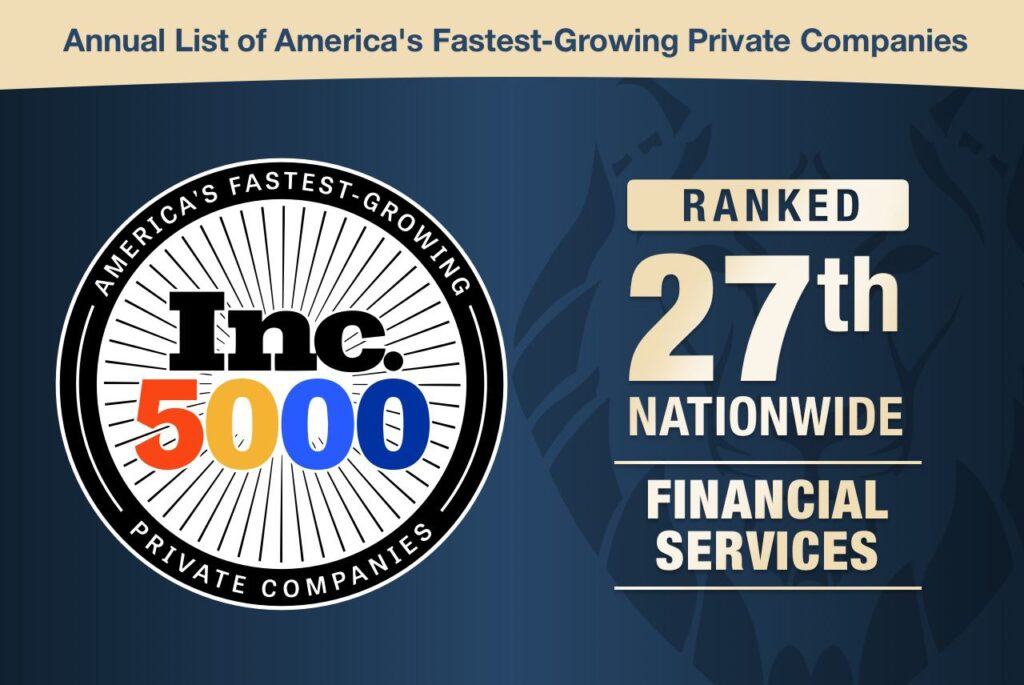Gold Rises as Conflict Escalates
In recent weeks, gold has made headlines, surging to a 13-week high. The driving force behind this rally? The conflict in the Middle East. Gold has always been seen as a safe haven during uncertain times, and this recent spike in demand reaffirms its status as a crisis hedge. A survey of the London Bullion Market Association predicts gold prices will rise well into next year. There is a consensus that the growth in global risks strengthens the need to maintain a strategic allocation to gold.1
Gold as a Safe Haven
Throughout history, gold has played a crucial role as a store of value during turbulent times. Its enduring appeal stems from its unique characteristics: it carries no credit risk, and its value often moves inversely to risk assets such as stocks and bonds. When conflicts and political strife shake the world, investors seek security in the lasting value of gold.
International conflict wasn’t the only force giving gold a tailwind. Central banks are continuing their robust gold acquisition in the face of growing global uncertainty. Beyond the central banks, the citizens of two economic giants, India and China, have also boosted gold consumption. This increase stems from both a cultural demand (wedding season) and the need for stable investments in unstable economies.2
Measuring Geopolitical Risk
One instrument used to measure the impact of geopolitical risk is the Geopolitical Risk (GPR) index. This comprehensive index was developed by Matteo Iacoviell. It gauges both actual and perceived geopolitical tensions. Over time, it has proven itself as a reliable predictor of the economic impacts of global uncertainties. The index incorporates multiple factors. Political context, geographical concentration, and the potential for escalation are all included in its calculations.
Gold’s Reaction to Geopolitical Risk
The interplay between geopolitical risk and gold’s performance is far from coincidental. This relationship is spotlighted by the Gold Return Attribution Model (GRAM). It provides us with a tool to evaluate the impact of key drivers on gold returns. These drivers include inflation, bond yields, currencies, and crude oil prices. As such, GRAM acts as a valuable and historically accurate guide for understanding gold’s performance.
By adding the GPR index to GRAM, we can get a clearer picture of the present and future state of the gold market. Here, the conventional wisdom holds true. Empirical evidence confirms that gold prices surge in response to escalating geopolitical risk. For every 100 points the GPR index rises, gold prices tend to increase by approximately 2.5%. The duration of this boost depends on the size and duration of the conflict. For example, the GPR index rose from under 100 to over 250 at the start of the Russia-Ukraine conflict last year, while 9/11 saw it spike above 450 from under 50.3
 4
4
Gold and Interest Rates
Traditionally, an inverse correlation exists between real yields and gold prices. When interest rates rise, gold prices tend to fall. However, in this case, gold is defying conventional wisdom. The demand for safe haven assets is overriding traditional market behaviors.
The Federal Reserve has indicated the possibility of another interest rate hike this year. High rates are expected to persist well into 2024. US Treasury yields have reached multi-year highs, reflecting expectations of strong economic data. The Fed’s aggressive hikes have been failing to restrain the economy and tame inflation. Upbeat growth, a robust labor market, and increased consumer spending are all factors that may force the Fed to authorize more interest rate hikes.
Oil’s Role in the Equation
But gold isn’t the only asset responding to world events. Surging oil prices have an intricate relationship with the rise of gold prices. While these two assets are distinct, they share a symbiotic connection shaped by market sentiment.
A broad regional conflict in the Middle East could cause oil to spike to $140 a barrel and bring the world to the brink of a recession according to the head of economic research at Allianz Trade. Elevated oil prices often lead to concerns about overall inflation. Higher energy costs can ripple through the economy, impacting various sectors. In such scenarios, gold, renowned as a hedge against inflation, garners increased attention from investors seeking a safe haven.5
While oil prices alone may not directly cause gold prices to surge, they do nudge investors to consider gold as a safeguard for their wealth amid inflationary pressures. This heightened demand for gold acts as a catalyst, ultimately propelling its market value upwards.
Conclusion
As the world faces an array of geopolitical challenges and economic uncertainties, gold continues to prove itself to be a reliable and valuable asset. International conflict, inflation and high interest rates are all propelling gold prices to new heights. Owning physical precious metals can help counter the risks presented by war and high oil prices, especially if they are put into a Gold IRA. Contact us today to learn more at 800-462-0071.






